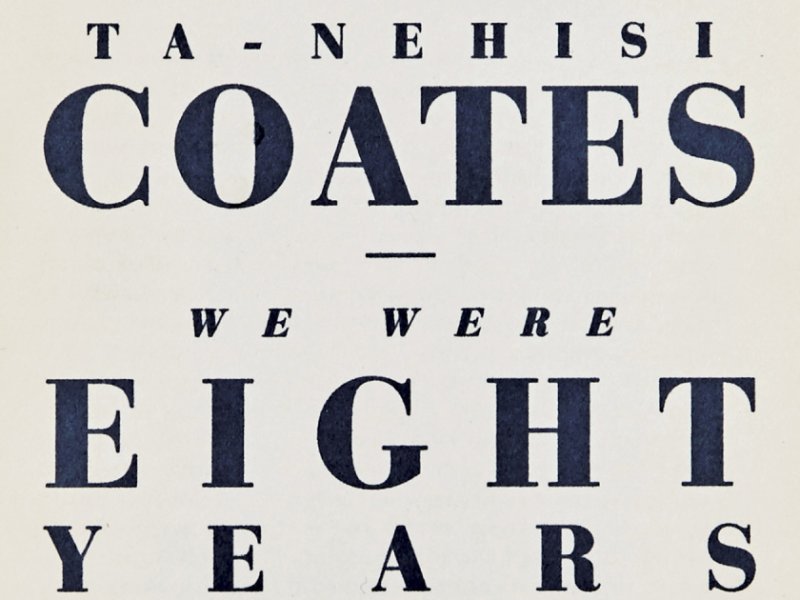

Between the World and Me made Coates a star, quoted on network sitcoms, invited to the White House by the president, who, he admits, made his career possible, and deemed a “genius” with one of the most prestigious awards in the world.īut this fame had an unintended consequence-it obscured his actual work. Racism has an interest in Coates, and he in turn has an interest in it.Ĭoates’ fame began with a provocative essay on federal housing discrimination, “The Case for Reparations.” But it exploded after the release of his second book, Between the World and Me, a meditation on black life and white supremacy, addressed to his teenage son, and written in the epistolary tradition established by James Baldwin in his seminal work The Fire Next Time.

Raised in Baltimore at the height of the crack epidemic, Coates attended Howard University and lost a close friend to police violence. And while his work has an academic flavor-he leans heavily on the work of historians and sociologists-this has not been an academic pursuit. Hired in the midst of Barack Obama’s remarkable first campaign for president, Coates devoted his mind and prose to understanding and grappling with America’s racism.


If that is true of anyone at this moment in public life, it is true of Ta-Nehisi Coates, a senior editor for the Atlantic and one of the most famous scribes in the country. And in turn, both their craft and their ideas can become secondary to who they are and what they represent. They become symbols, names to hold in either reverence or contempt. But out of any generation of those who claim that title, a select few become something more, elevated by both skill and circumstance. Most of us who write for a living remain just that: writers. Want to listen to this article out loud? Hear it on Slate Voice.


 0 kommentar(er)
0 kommentar(er)
